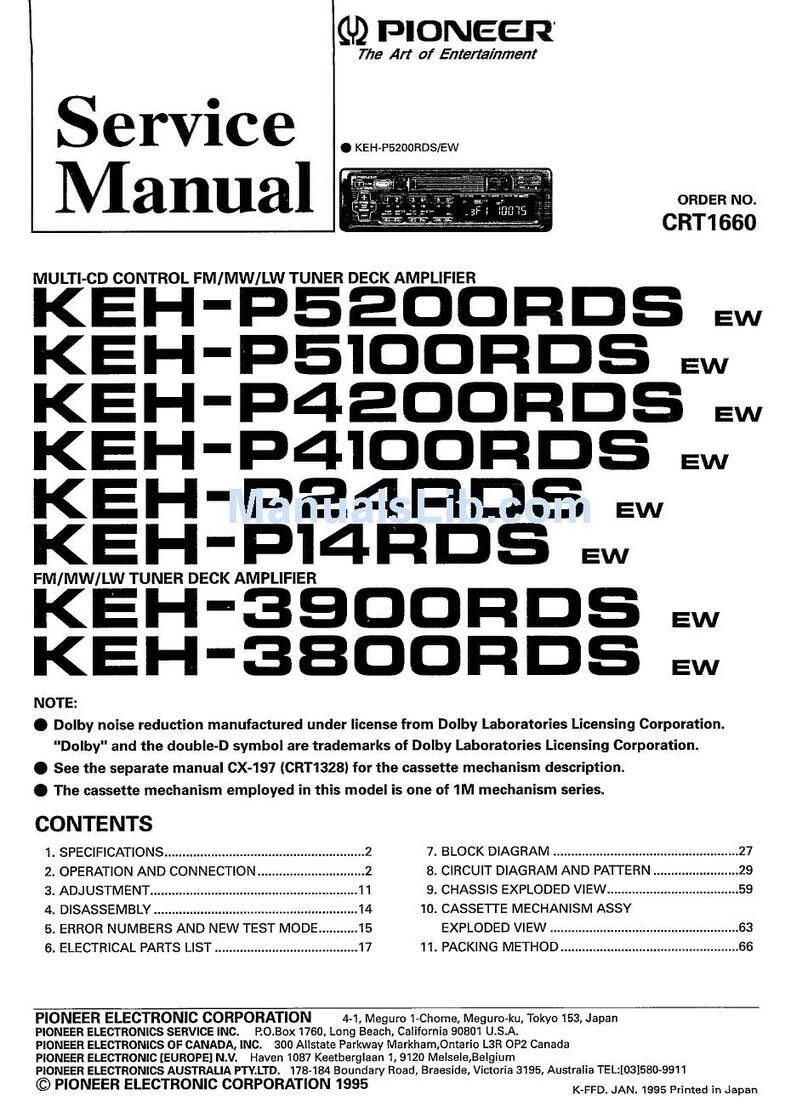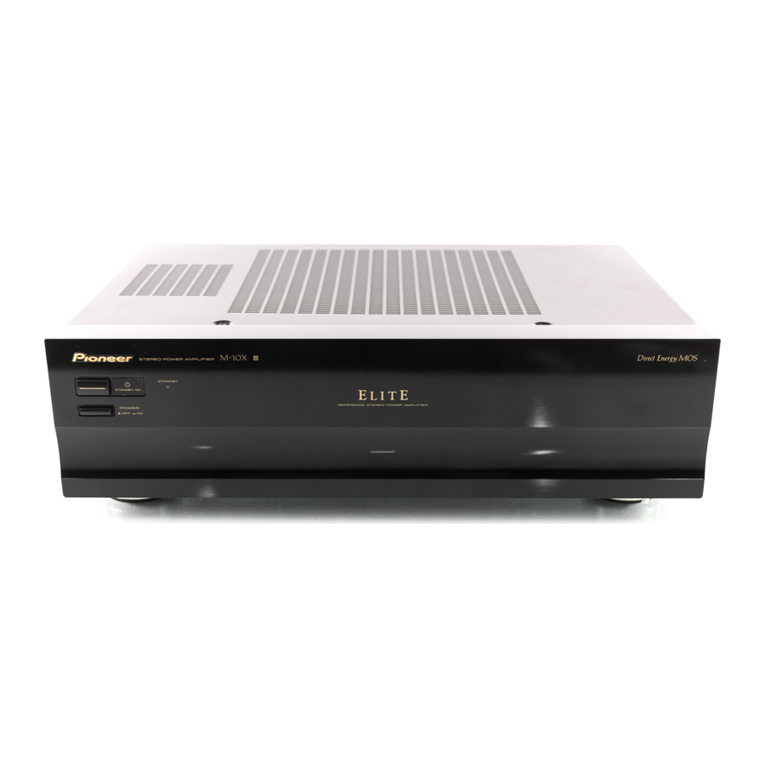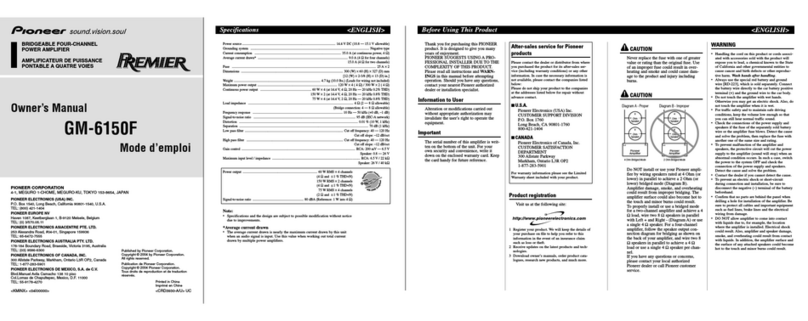Pioneer VSA-700 User manual
Other Pioneer Amplifier manuals
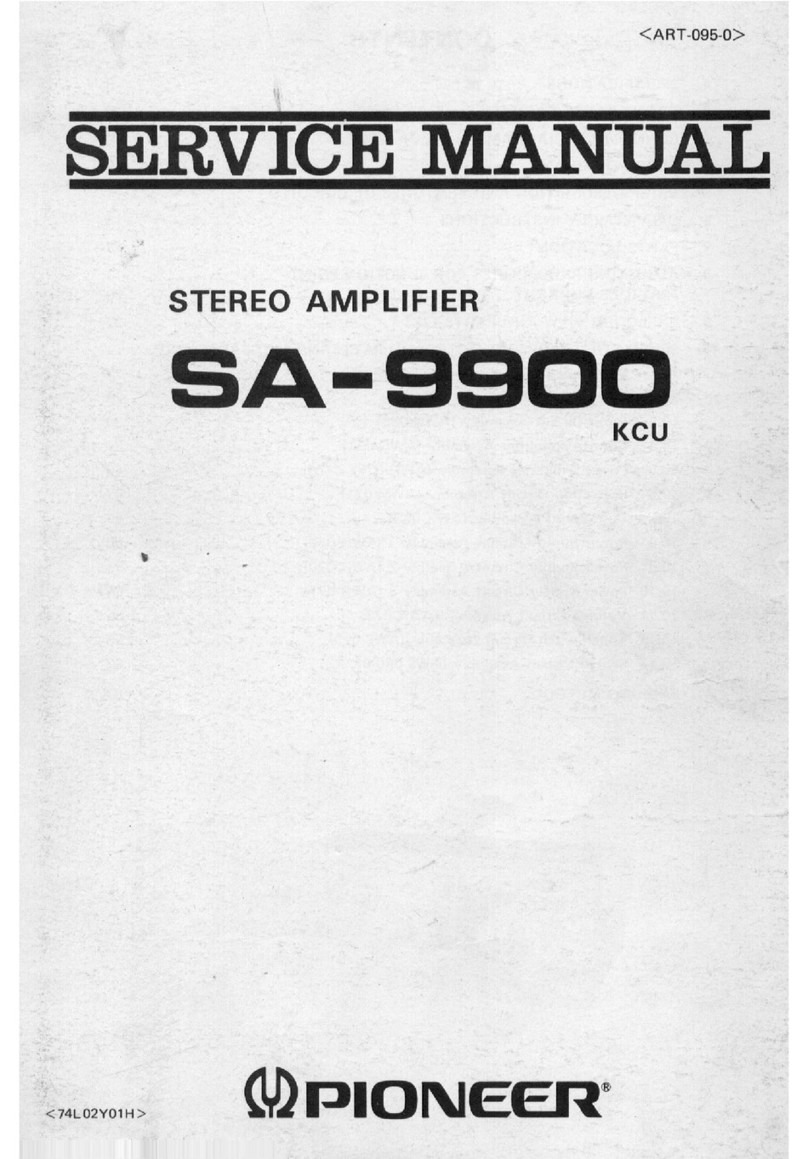
Pioneer
Pioneer SA-9900 User manual

Pioneer
Pioneer A-229 User manual

Pioneer
Pioneer GM 7200M - Amplifier - 500 Watts x 1 Installation manual

Pioneer
Pioneer A-88X User manual
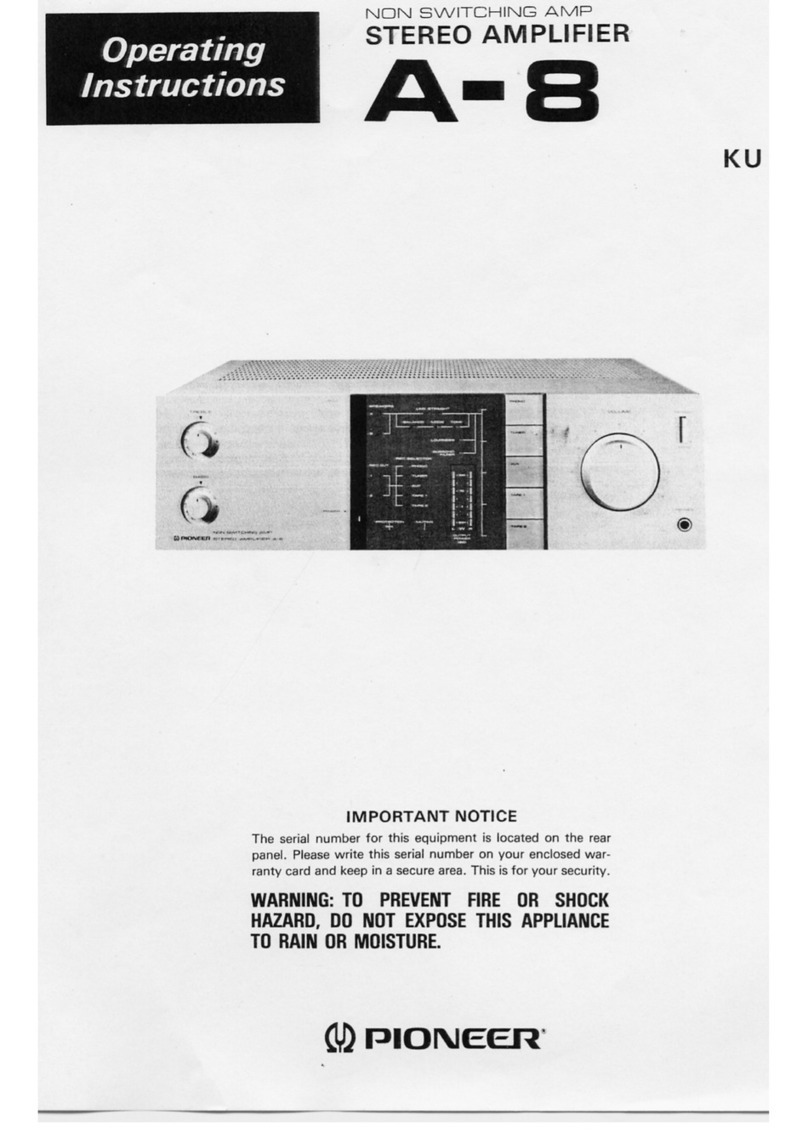
Pioneer
Pioneer A-8 User manual

Pioneer
Pioneer DC-111Z User manual
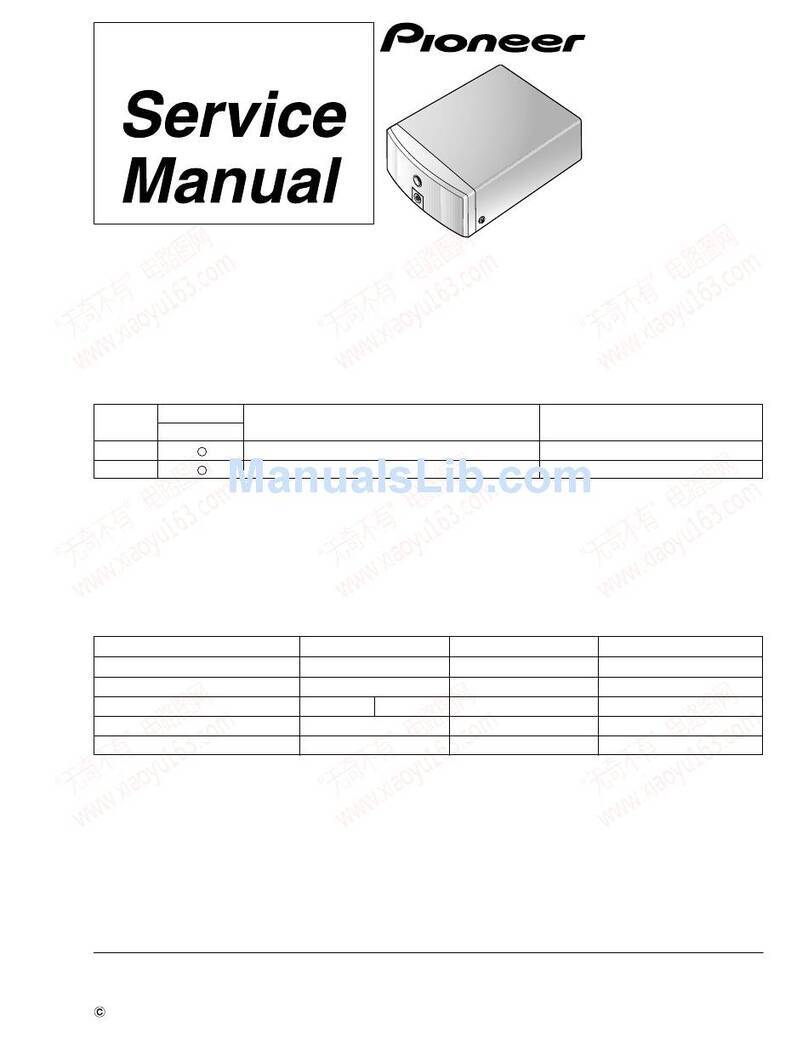
Pioneer
Pioneer M-L11 User manual
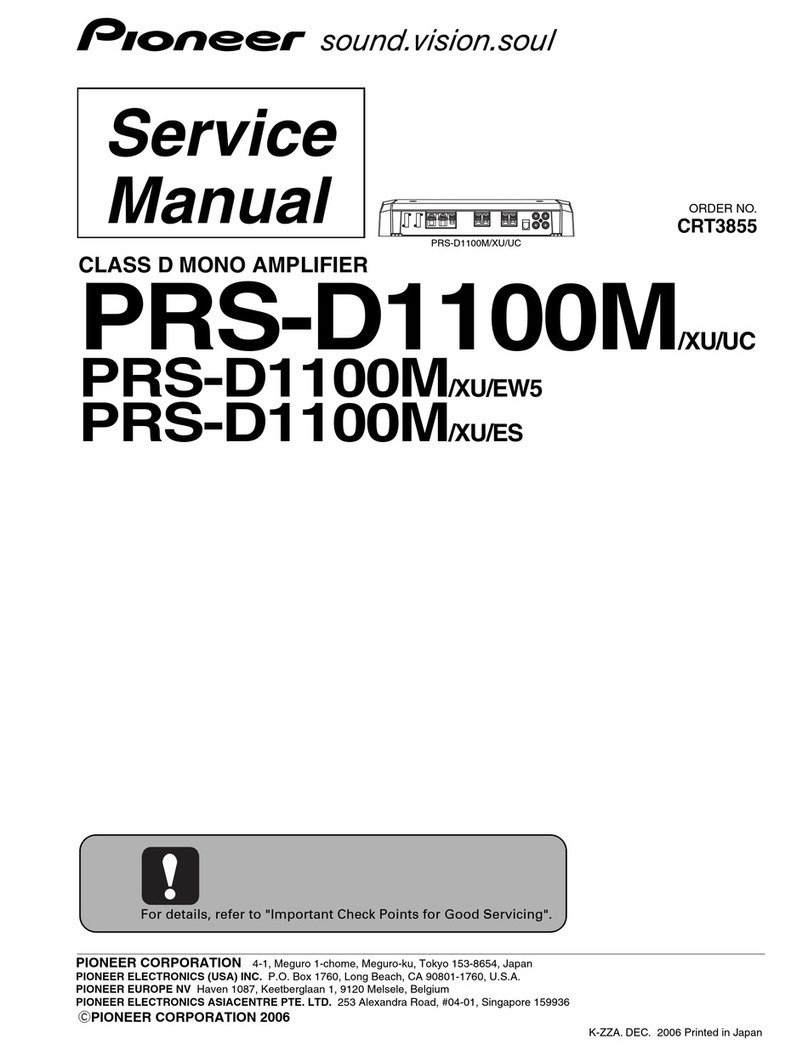
Pioneer
Pioneer PRS-D1100M/XU/UC User manual

Pioneer
Pioneer A-616 User manual
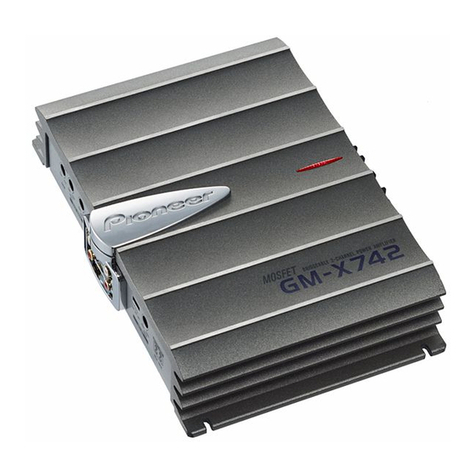
Pioneer
Pioneer GM-X742 User manual
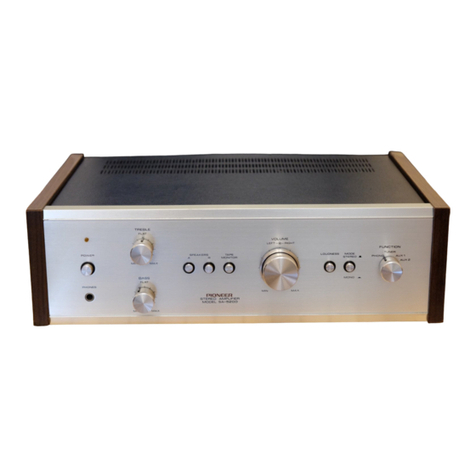
Pioneer
Pioneer sa-5200 KU User manual
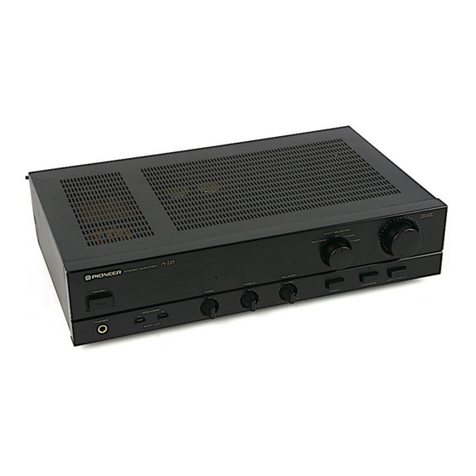
Pioneer
Pioneer A-225 User manual

Pioneer
Pioneer A-447 User manual
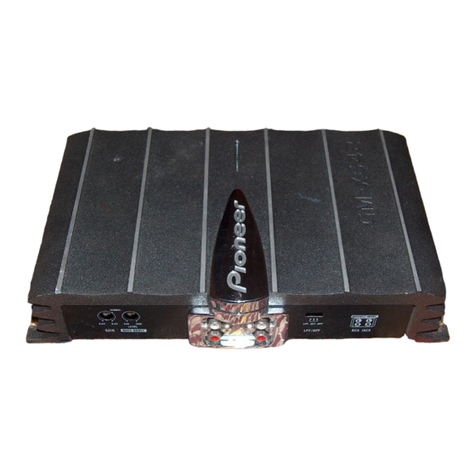
Pioneer
Pioneer GM-X642 User manual
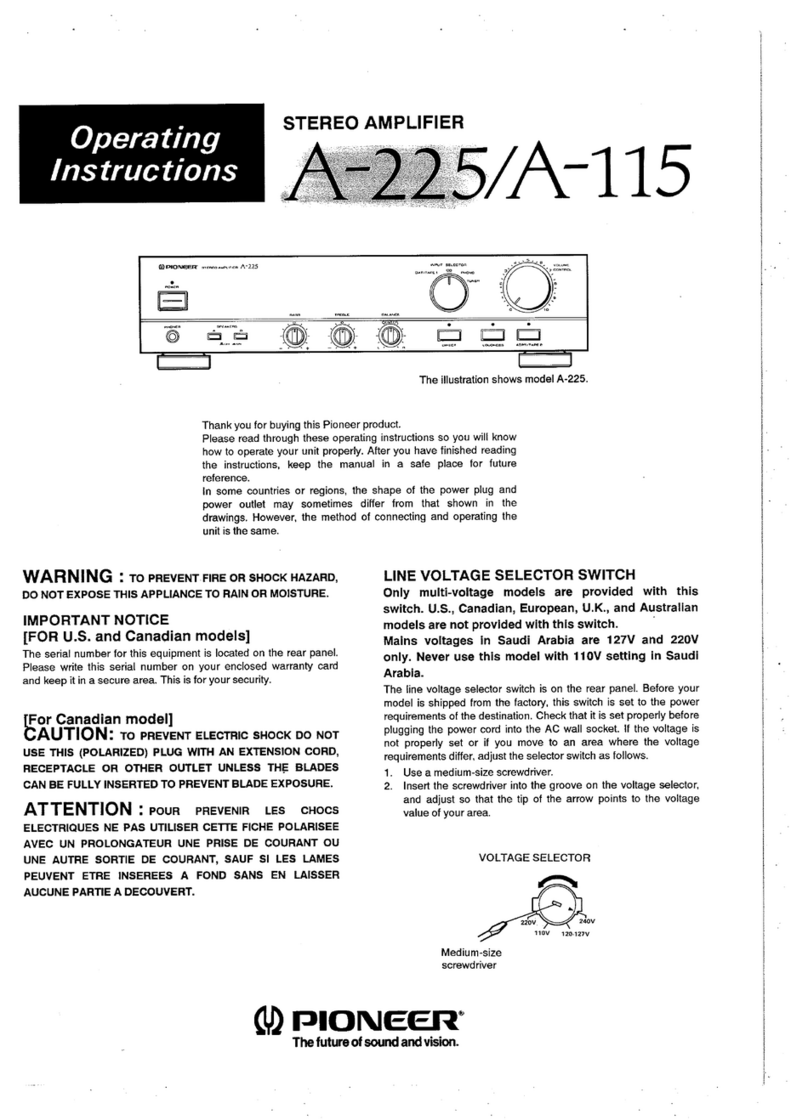
Pioneer
Pioneer a-255 User manual
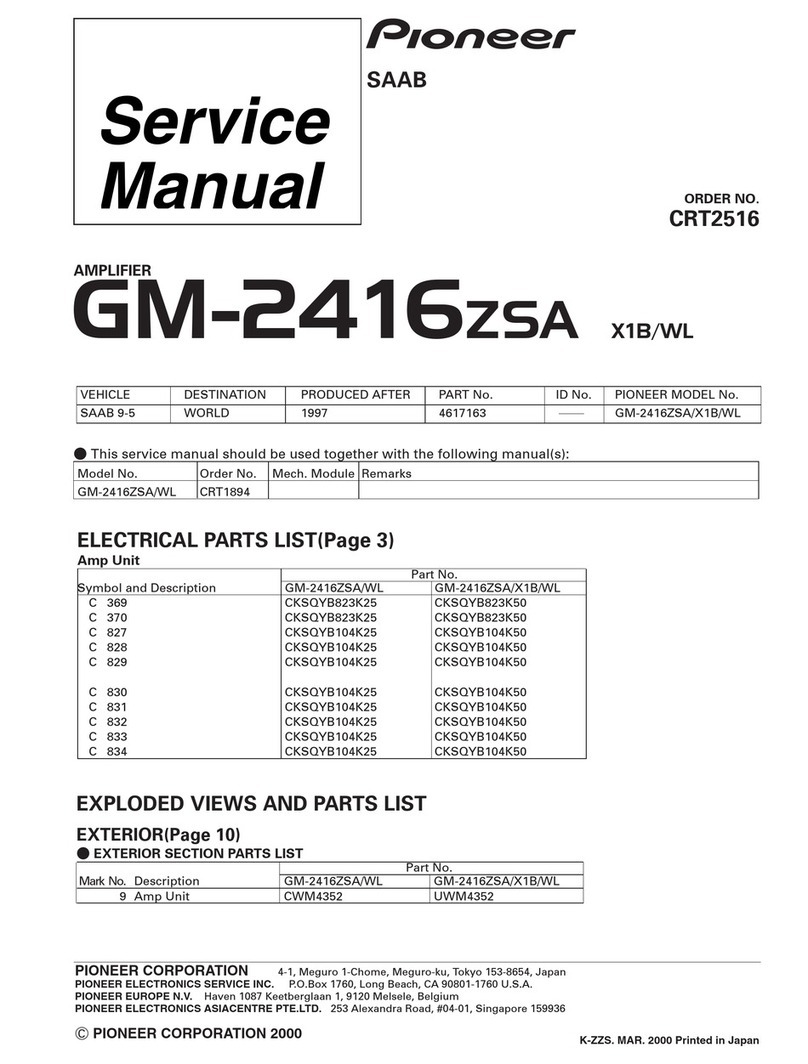
Pioneer
Pioneer GM-2416ZSAX1B User manual
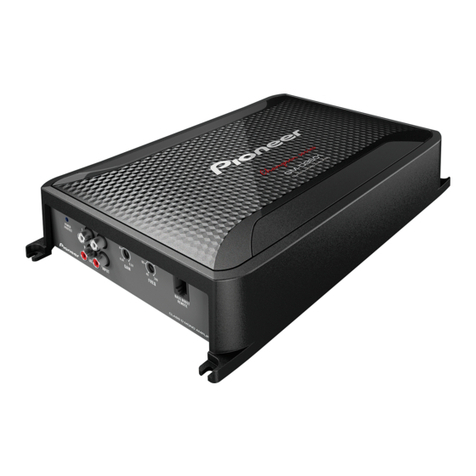
Pioneer
Pioneer GM-D8601 User manual
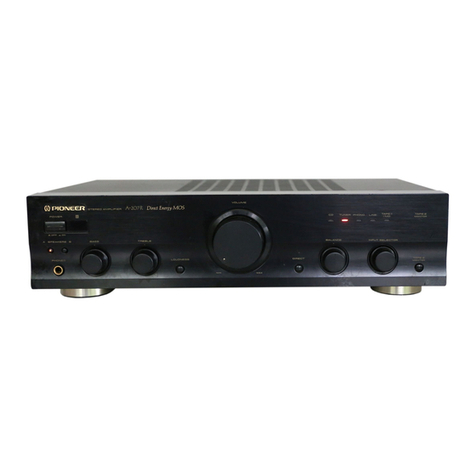
Pioneer
Pioneer A-207 MLXJ User manual

Pioneer
Pioneer SA-600 User manual

Pioneer
Pioneer GM5400T - Bridgeable Amplifier User manual

